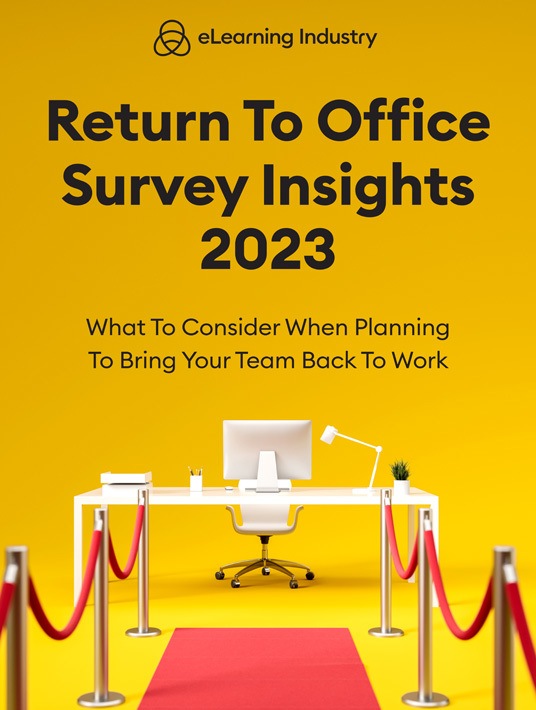3 Main Reasons Behind The Great Resignation
In recent years, and especially since the onset of the pandemic, a large wave of resignations has been taking place. “The Great Resignation,” as it’s now called, has driven over 40 million people in the USA to search for new job opportunities, only in 2021. Some are looking for better benefits or a remote work option, while others turn to self-employment. But what’s causing this phenomenon? Is it just the aftermath of the pandemic? In this article, we discuss the 3 main reasons that have caused such a generalized phenomenon, as well as the ways it is affecting the labor force.
Is The Pandemic To Blame For The Great Resignation?
Many think that the pandemic is behind this wave of resignations. Employees couldn’t handle the stress of working in environments that endangered their health, their employer’s poor responses to the health crisis, or the shift to remote work and decided to change their professional course. Although all that rings true for many, the truth is that COVID-19 wasn’t the cause but merely a triggering event.
When the pandemic hit, it brought to the spotlight many of the challenges that employees were already facing. The pressures of financial and professional uncertainty, poor work-life balance, the hustle culture, and so much more were always there, but everyone was too busy to notice. However, when employees were forced outside of the workspace and into isolation and self-reflection, things changed. They were no longer willing to sacrifice their time and health for their jobs. Not when it was becoming evident that everything could change so dramatically from one moment to the next. So, let’s discuss the real reasons behind the Great Resignation phenomenon.

Why Are Employees Really Heading For The Exit?
1. Bad Management
Although many believe that salary is the main factor that defines employee satisfaction, the truth lies elsewhere. In fact, bad management and, its subsequent effect, a “toxic work environment” are actually better predictors of employee turnover. Specifically, when employers and managers don’t treat their employees as valuable members of their businesses, employees feel underappreciated and disrespected. In addition, managers create a toxic culture by failing to recognize contributions and promote equality, diversity, and inclusion. Paired with the challenges posed by the health crisis, the shortcomings of employers became even more pronounced, causing levels of employee engagement and satisfaction to plummet.
2. Poor Work-Life Balance
In recent years, work has been taking up an increasingly large part of people’s lives. The so-called “hustle culture” has some employees constantly going into overtime while others work multiple jobs. And while this lifestyle can be a choice for career-oriented people, it can also be an unfortunate necessity for those who struggle to make ends meet on a single income. Whatever the case, poor work-life balance can lead to stress and anxiety, health problems, decreased productivity, and eventually burnout. Therefore, if someone feels that their work imposes an unhealthy lifestyle on them, it’s only natural they will consider resigning.
3. Lack Of Benefits
Benefit packages are an important factor in employee retention. Apart from a competitive salary that can adequately support their lifestyle, employees also look for additional perks in the workplace. A few examples would include healthcare insurance, a retirement plan, flexible schedules, and even wellness programs. Unfortunately, reality looked different for a large percentage of the people who participated in the Great Resignation. Specifically, these people had to deal with low salaries, limited PTO, inadequate health plans, and no security for their future. This financial and professional uncertainty was a deciding factor that led them to search for better working conditions.
What Are The Takeaways For The Future?
Having witnessed the worst of the resignation wave, many believe that this was the wake-up call the labor force needed to implement some much-needed improvements. Already, employers are starting to realize that employees will not settle for bad working conditions, low compensation, and poor work-life balance. As a result, they are considering what measures they could take to increase employee satisfaction and retention.
First of all, it’s worth mentioning that many businesses are embracing the WFH or hybrid working model, even as social distancing restrictions are being lifted. This is in response to the demand of many employees to maintain a flexible work schedule that promotes their safety and work-life balance. In addition, benefit packages are becoming more competitive. Employees are demanding better pay and benefits, as well as more training opportunities to accommodate changing demands. Finally, employers are investing in manager training to help them become more perceptive to the needs of their team.
Conclusion
The challenges of the past few years have manifested in what will be known as “The Great Resignation.” Although many attributed this phenomenon to the pandemic, a closer look reveals it was brewing for a long time. Employees were dealing with bad management, financial and professional uncertainty, lack of benefits, and poor work-life balance. It now seems that the tide is turning, as employers realize the importance of communicating with their staff. This way, they can better understand their needs and wants and achieve higher levels of talent attraction and retention.







![COVID And The Great Resignation: Reimagining The Frontline Workplace And How Employers Can Compete [eBook]](https://cdn.elearningindustry.com/wp-content/uploads/2022/04/shutterstock_207086488.jpg)